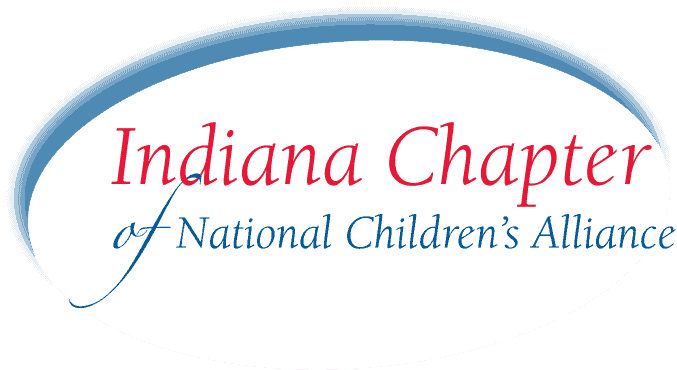Journalists now and in the future will be working to cover the continued changes COVID-19 is having on our communities. As kids stay home and caregivers and other adults near them feel increasing pressure and stress, new child abuse cases are going to rise. Likewise for domestic violence and other abuses.
Here are common situations and examples of ways you can protect their identities.
1. Avoid any identifying information. This includes combinations of their age, school, town, gender, relationship, abuse location, or the perpetrator’s name.
Yes, the public has a right to know official court records and police action. But identifying “Mr. Doe was arrested after allegedly abusing his daughter after school at Washington Elementary” is a channel for nearly everyone in that school to know whom you’re talking about.
Use phrases like
- “Man arrested on charges of abusing an 8-year-old-girl”.
- “Area man charged in 4 counts of child sexual abuse”.
- Avoid specific locations like “on the same street as the victim” or “assaulting grandson”.
2. Remember that nearly all of the time a child is abused, the child knows the abuser. This does not mean they have a “relationship”.
A “relationship” implies the child and the abuser were together, romantic, or otherwise amiable to each other. A child who is assaulted by a mother’s boyfriend does not necessarily have a “relationship” with the boyfriend. They’re just in the same home or routinely near each other.
3. Avoid flowery language except when quoting court documents. It can make the victim feel objectified.
Be specific in the terms you use.
- Phrases like “forced”, “touched”, “raped”, and “penis” are specific and clear.
- Words like “caressed”, “private parts”, “made love”, or “kissed” are not clear. Was the kiss on the cheek or lips? Was it a forced kiss or romantic? Was it consensual? In almost every circumstance, it’s not known and impossible to know.
4. Avoid implying the victim owns the abuse.
There’s a difference between “The victim said she was raped by Mr. Doe” and “The victim stated Mr. Doe raped her.” By definition, the rape was not consensual.
5. Avoid labeling kids as criminals.
Some laws may make it unclear, but when writing about a child victim of sexual assault or abuse, they are not “pimps”, “johns”, “prostitutes”, or someone that was “paid for sex”. Someone might have paid someone else for sex, but children are not free agents to understand the situation. Nor are they able to agree to sexploitation. They are victims and should be identified as a “child victim of sex trafficking” or “a victim of human trafficking”.
6. Avoid suggesting the child is responsible for what happened to them.
A child forced into sex trafficking does not get to choose what they wear, look like, or how their lifestyle is configured. So avoid implying through the story that they “Dressed suggestively” or “confessed” to anything except where specifically quoting a police report or court record.
Increasingly, child advocacy organizations are moving away from the word “alleged”, too. We recommend “informed”, as in “informed abuse”, “informed neglect”, etc. Not only is “informed” more specific, it also recognizes that some cases begin not from a child’s disclosure, but perhaps from a teacher, coach, doctor, neighbor, or family member.
7. While challenging, try to avoid the details of the abuse for the sake of shock.
Use your professional judgment to determine whether a detail is necessary to inform the public or encourage action. Suggesting a child was “allegedly put their hand down the child’s pants behind the bleachers at the high school” likely doesn’t add much unless the goal is to enhance security measures at the school.
8. Always cite Indiana’s child abuse hotline or 911
Empower your readers to report abuse by calling 911 in a suspected emergency or the Indiana Child Abuse Hotline at 1-888-888-5556. Remind readers or viewers that everyone in Indiana is a Mandated Reporter. Details on what the Mandated Reporter law entails and means is available here.

